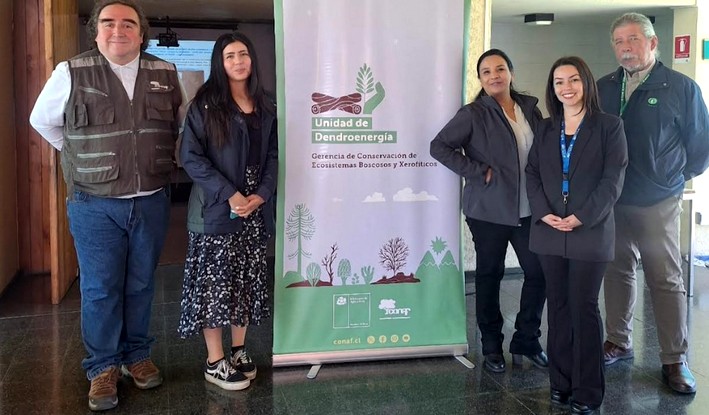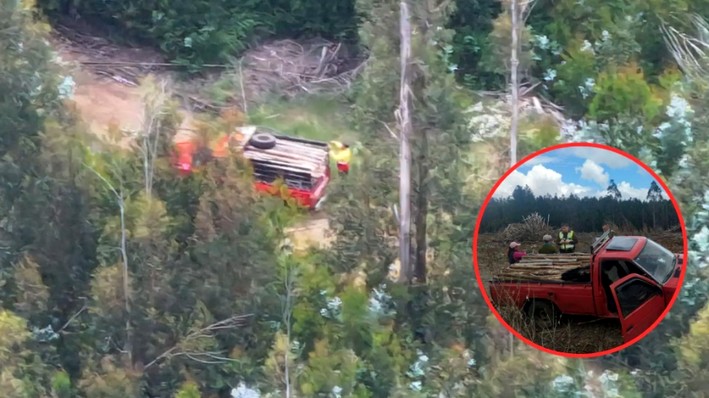Hope for Darwin's Frog: Captive-Bred Specimens Born
In an effort to save Darwin's frog (Rhinoderma darwinii) from extinction, the University of Concepción recorded births of the species in captivity. This achievement represents a ray of hope for the Chilean amphibian, which faces a severe threat due to the fungus Batrachochytrium dendrobatidis, known as the chytrid fungus. The disease caused by this pathogen, chytridiomycosis, has decimated the frog population on Chiloé Island, pushing the species to the brink of extinction.
The rescue of 32 Darwin's frogs from Tantauco Park in the commune of Quellón and their transfer to the University of Concepción during the summer has been part of a conservation strategy that also involved the London Zoo, where 53 specimens were sent in October 2024. International collaboration, including the NGO Darwin's Frog, Andrés Bello University, and Leipzig Zoo in Germany, has been crucial to ensuring the species' survival.
The Department of Zoology at the Faculty of Natural and Oceanographic Sciences of the University of Concepción has been responsible for the care and observation of the frogs. In January 2025, a special container was set up for the amphibians, and since then, the expulsion of froglets by the males—who incubate the eggs in their vocal sacs—has been observed. This unique reproductive method has allowed the birth of fully formed individuals in captivity.
The director of the breeding station and academic at the Department of Zoology, Juan Carlos Ortiz, emphasized that the conservation of Darwin's frog has been an ongoing effort since 2009, with support from Leipzig Zoo. The recent expansion of the breeding space will accommodate both the amphibians relocated from Chiloé and the newly born specimens.
The quarantine process has been crucial to ensuring that the specimens brought from Chiloé were not infected with the fungus. Meticulous care has paid off, and successful births have already been recorded at the breeding station. It is expected that by August or September, the male specimens will begin vocalizing to attract females and initiate a new reproductive period.
This breakthrough in Darwin's frog conservation is a significant step toward reintroducing the species into its natural habitat once the threat of the chytrid fungus is under control.

















